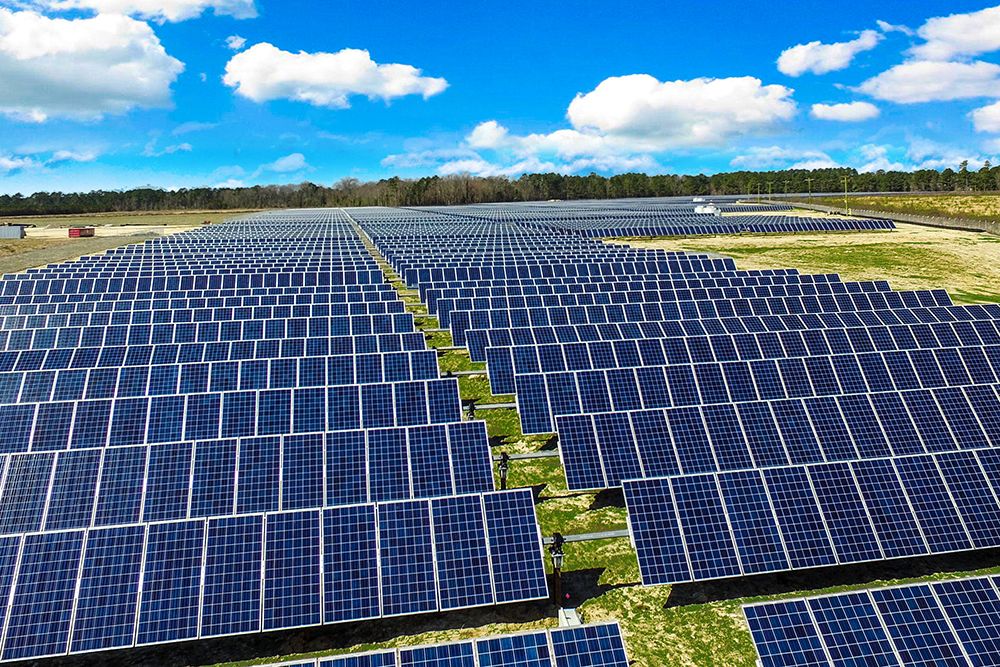To determine the number of PV solar panels needed to generate 1MW of power and the land area required, we will need some specific information about the solar panels’ individual capacity and the system’s efficiency. The mass balance calculation will depend on various factors, including the specific components used in the system and the operating conditions. Here’s a general approach to estimate these details:
1. PV Solar Panels:
– Look for the wattage rating of the PV solar panels. Let’s assume each panel has a rating of 300 watts.
– Determine the total power output needed. 1MW is equivalent to 1000 kilowatts (kW) or 1,000,000 watts (W).
– Calculate the number of panels required by dividing the total power output needed by the wattage of each panel.
– In this case, the number of panels required would be around 3333 panels (1,000,000W ÷ 300W = 3333.33).
2. Land Area:
– The land area required will depend on various factors, including the specific panel dimensions, system design, and available sunlight.
– Consider the average area occupied by each PV solar panel, including spacing between panels and other necessary infrastructure.
– Assuming each panel occupies an area of around 2 square meters, the total land area required would be approximately 6666 square meters (2m² × 3333 panels).
– To convert this to acres, divide by 4046.86 (1 acre = 4046.86 square meters).
– Therefore, the land area required would be approximately 1.65 acres.
3. Mass Balance Calculation:
– The mass balance calculation for a solar system involves accounting for the input and output of mass within the system.
– It considers factors such as the weight and quantity of PV panels, inverters, mounting structures, wiring, and other components.
– The calculation also includes energy losses due to factors like inefficiencies, dust, soiling, and degradation over time.
– To perform a detailed mass balance calculation, specific data from the PV panels, inverters, and other system components would be required, including their respective efficiencies, degradation rates, and expected energy outputs.
Keep in mind that these calculations provide a rough estimate based on assumed values, and actual figures may vary depending on the specific equipment, location, and other operational factors. It is recommended to consult with a professional solar engineer or installer for accurate sizing and detailed mass balance calculations tailored to your specific project.


